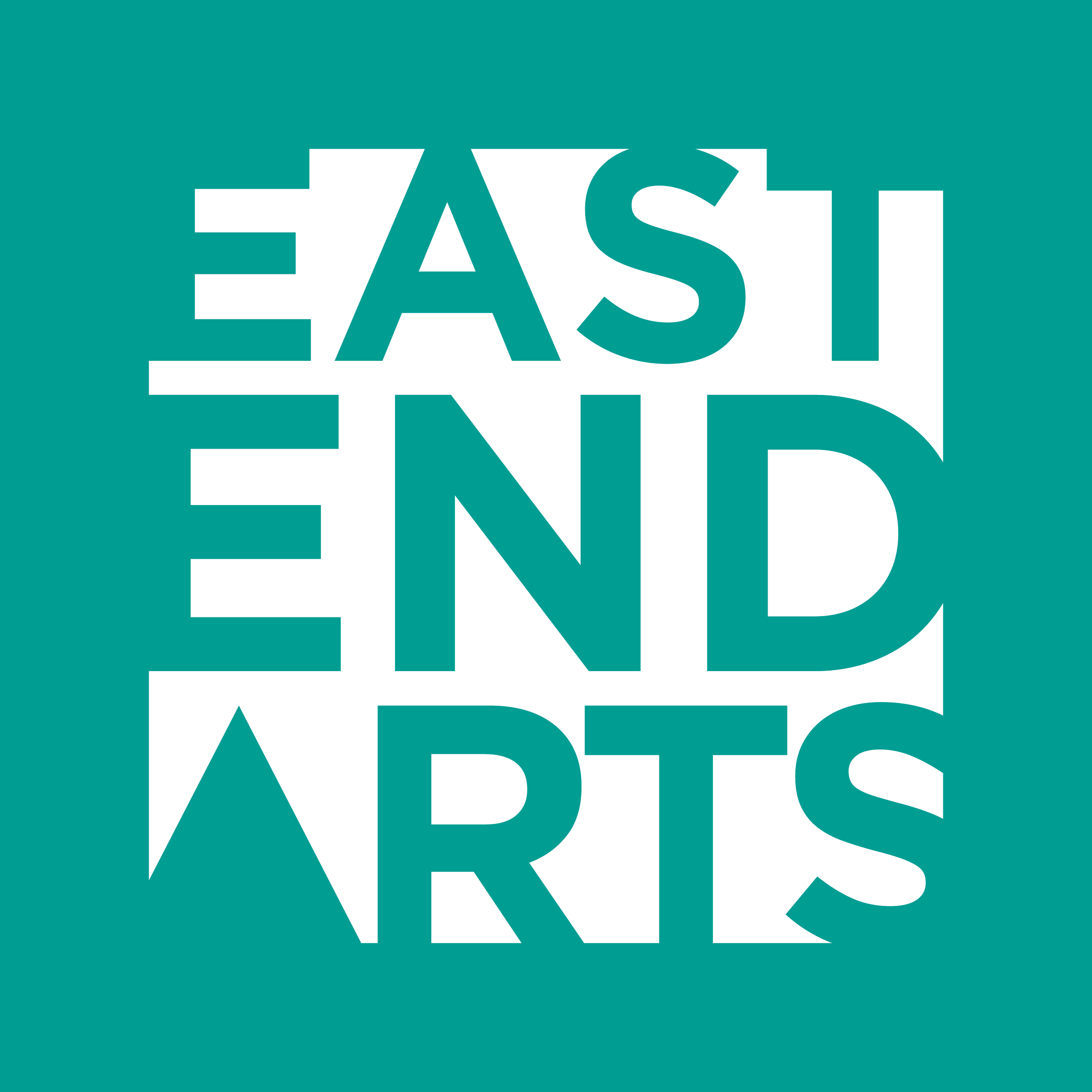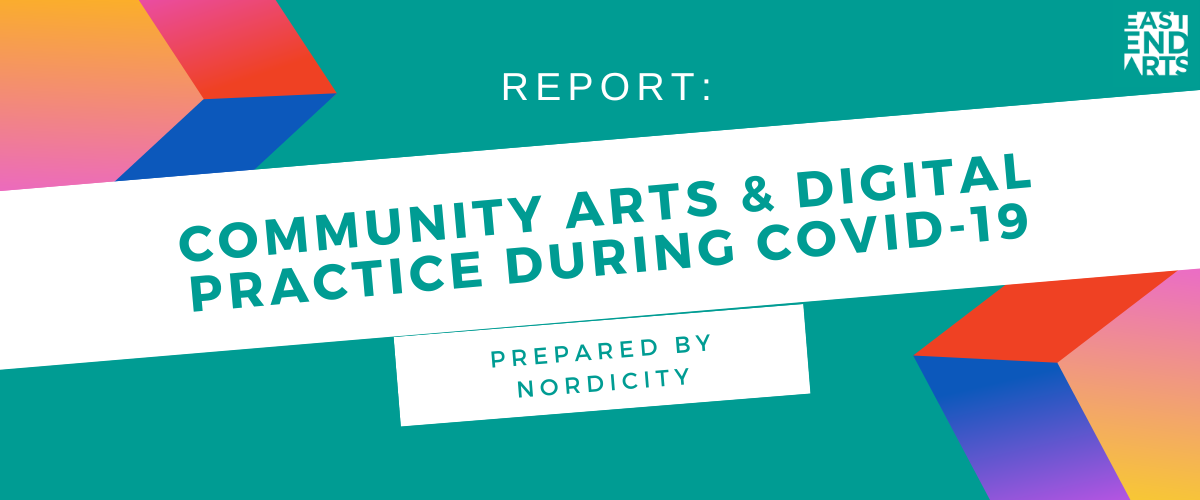In the Spring of 2022, Toronto’s Local Arts Service Organizations worked with Nordicity and the Toronto Arts Foundation to put together a research report looking at the pandemic shift to digital and virtual spaces for Community Arts organizations and practitioners in Toronto. Please scroll down to learn more about this report and it’s findings!
INTRO:
Amidst lockdown after lockdown, we saw our communities turn to community arts throughout COVID-19 as a creative outlet to cope and express their stories and feelings through art. As a Community Arts Organization, we know that the arts have always been a catalyst for people to connect, inspire, so throughout the pandemic we focused on filling the gap of community engagement and social connections through necessary activities and programs. While this was pivotal for our organization, it also involved a large shift to creating and delivering virtual or digital programming.
Early in the pandemic we saw how much was changing around us and within the arts sector, so we helped to create the Community Arts Canopy with other community arts organizations (Arts Etobicoke, Scarborough Arts, North York Arts, Urban Arts, East End Arts, Art Starts, Sketch, Jumblies Theatre, Vibe Arts, and Neighbourhood Arts Network) to focus on advancing and strengthening the Community Arts Sector as a whole. Together we held our first Community Arts Canopy Town Hall Session, and from that we discovered a collective consensus that a) digital programming enhances our practice in many ways, and b) COVID-19 has allowed arts organizations like ours to rethink strategies for programming, engagement, and events to be more accessible to those with various needs.
With this knowledge, we knew we had to do more to research on how COVID-19 has impacted our work, what resources are needed to sustain ourselves for the future, and how we can collaborate to rebuild and repair the sector. Thanks to a grant from the Canada Council for the Arts’ Digital Strategies Fund we were able to work with Nordicity and the Research & Impact team at the Toronto Arts Foundation to put together a report that would investigate the “dynamic shift to digital and virtual spaces for Community Arts organizations, practitioners, and Local Arts Service Organizations (LASOs) in Toronto”.
This research assesses the effectiveness of strategies and practices that we’ve all used in response to the COVID-19 pandemic, and the challenges/barriers that we’ve all encountered in moving much of our work online. The report also identifies tools and supports that could help strengthen the abilities of Community Arts organizations, practitioners, and LASOs to serve their communities virtually, even as we return to in-person programming and adopt hybrid models.
This research project was supported by a Steering Committee composed of Executive Directors from the six Toronto LASOs and other participating organizations from the Community Arts Canopy, and was comprised of desk research, interviews, focus groups, and a survey of both artists delivering Community Arts programs, and participants who’ve found these programs to be an important lifeline during the pandemic.
Ultimately, this research deepens our understanding of the current challenges faced by the sector coming out of the first two years of the pandemic, as well as the opportunities for enacting positive change in local communities with continued support from funders and all levels of government.
The findings and recommendations will serve as a roadmap for our next Community Arts Townhall in September 2022!
Many thanks to the Canada Council for the Arts, our partners at the Toronto Arts Foundation, Nordicity, and the Community Arts Canopy.
SNIPPETS FROM THE REPORT:
Impact of Digital Programming on Future Decision Making:
- All Community Arts organizations indicated that their organizations would adopt a hybrid model long-term, continuing to offer some programs digitally even after resuming in-person programming. Organizations found that some formats and program types were easier to transform into virtual formats than others, although virtual programming presented challenges for all types of programming. For example, spectator programming was slightly easier to move to a virtual format whereas facilitated or interactive programming presented additional challenges and were more difficult to move to a virtual environment.
Accessibility:
- Virtual programming eliminates some barriers to access for certain audiences while creating new barriers for other audiences. Community Arts organizations will need to re-examine the accessibility issues in the digital space. For some participants, the digital format allows greater flexibility in view of certain participation barriers related to mobility, mental health and wellness, work or school commitments, or family and childcare needs. For other participants, the digital format creates different or additional barriers due lack of access to the internet and devices, lack of time or space, and lack of comfort with the digital platform.
Digital Support For Facilitators:
- Artists expressed a need for grants/support to invest in better high-speed internet connections, equipment and digital subscriptions. In addition, digital programming resulted in additional expenses in setting up the session. As such artists also need guidance on budgeting and expensing for costs associated specifically with digital program delivery.
Digital Engagement Analysis:
- When asked about the participation in virtual community arts programming, almost 1/3 of the respondents said the virtual format stopped them from participating in community arts programming completely.
- Among the respondents who did not like the digital experience, 82% of them said that the social aspect was missing from the digital experience and 72% of them said they missed participating in a group project and being out in the community, which was not possible in the digital experience.
- The most frequently selected options that made virtual programming successful were:
- I like to have learned something
- Opportunity for engagement (e.g., engaging with artists, with community members, etc.)
- Inclusivity and accessibility (e.g., transcription, translation, large fonts, etc.).
A full copy of the survey is available to read HERE.




